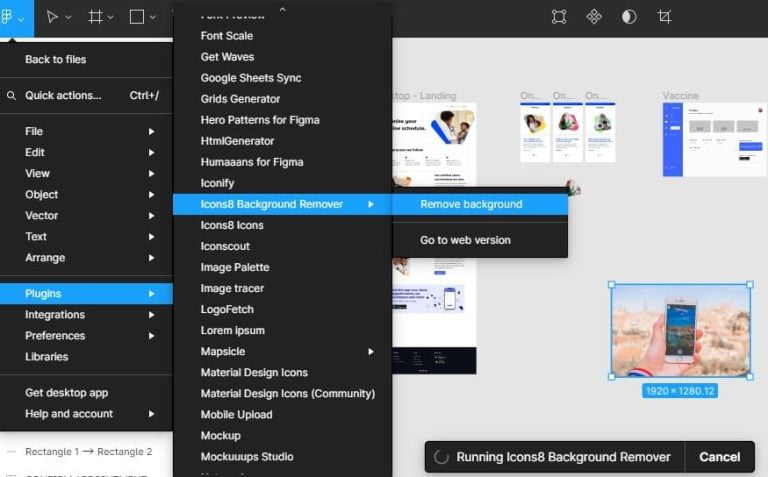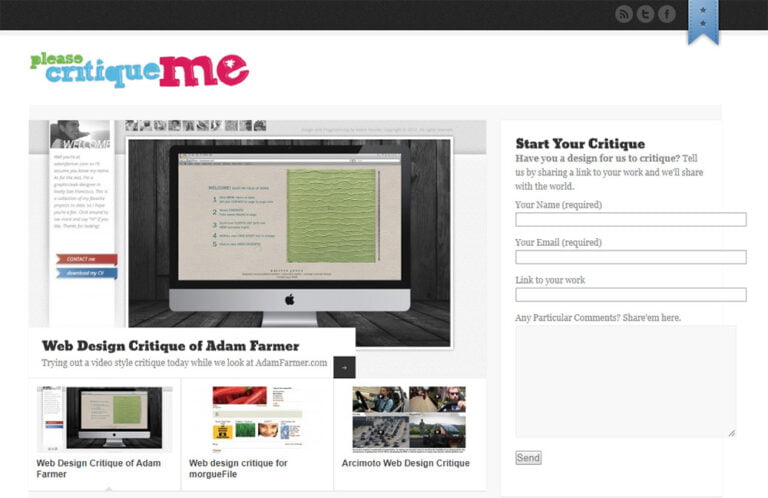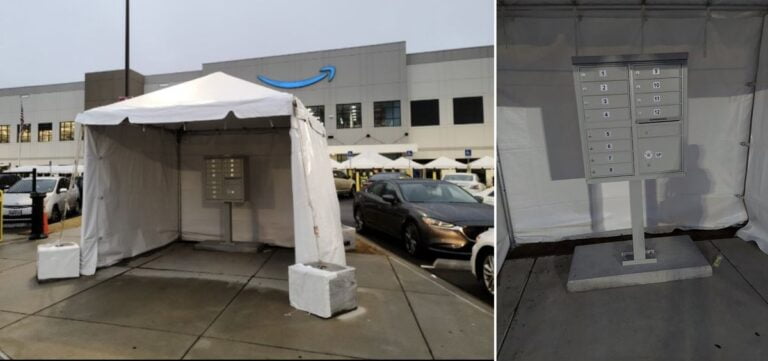
Frontline workers spend most of their time at work using technology, but the tech they use often doesn’t support their needs. Here’s how organizations can empower those on their frontlines with secure, flexible collaboration tools.
How can we empower the workforce that powers the world? GOOGLE WORKSPACE
Google Workspace
Frontline workers keep the world running. They’re the people who build the products, welcome the guests, fulfill the orders, and answer the service calls. In fact, 80% of the entire global workforce is composed of frontline workers who perform task-oriented and service-oriented roles in healthcare, assembly, construction, restaurants, retail, and more.
According to a recent study, of the approximately 2.7 billion frontline workers across the globe, 75% of them spend most of their time at work using technology. But the tech they use often doesn’t support their needs. Quite the opposite: according to the same study, 60% of frontline workers were unsatisfied with the technology provided by their employers, with 56% saying they had to use their own technology to better perform their work.
This amounts to a staggering number of people working in essential jobs with inadequate tools. Combine these challenges with high levels of burnout, feelings of underappreciation, and lack of advancement opportunities, and it’s no surprise that the same 2020 study reports that people on the frontlines are quitting their jobs in record numbers.
To meet these challenges, organizations need to equip their frontline teams with technology that increases flexibility, helps foster connection and inclusion, and gives frontline workers greater opportunities to grow as employees.
As millions of knowledge workers enjoy greater flexibility with hybrid and remote work, it’s time we invested fully in tools that enable those on the frontlines to enjoy the same freedom and opportunities.
The state of frontline work experience in 2021
Google Workspace
For more flexibility, look to the cloud
The dynamic nature of frontline work means people are frequently on the move, working in unpredictable environments, and often dealing with rapidly evolving information. They need tools to help them stay nimble and flexible without sacrificing accuracy. Frontline workers are also seeking more control over their time. According to a recent study, 44% of frontline workers left their jobs due to a lack of flexible working options. Among their priorities were “more flexible schedules” and “more predictable hours.”
Busy frontline employees and managers need easier ways to schedule shift-based work and manage tasks. Without shared tools and clear workflows, people find themselves digging through long email threads, trying to figure out who is working when and what needs to get done. This can create unnecessary friction among teams, leading to either overly rigid or totally unpredictable scheduling. Both scenarios are undesirable, but with the right tools, you can balance staffing needs while providing the flexibility that today’s frontline workers seek.
Empowering your frontline teams with the real-time information they need on their own mobile apps and across any device can lead to increased success. When everyone is working with the same secure-by-design, cloud-based technology, like a shared calendar or chat app, they have visibility into one another’s schedules and working locations.
In Google Workspace, for example, teams can communicate instantly with tools like Spaces in Google Chat, which keep the conversation and any relevant files or assigned tasks handy for future reference. And to tackle complicated scheduling, frontline teams can use AppSheet to build custom no-code apps that automatically alert employees of shift changes via text message or email.
Bring people together, no matter where they are
Between fast-paced work environments, time zone differences, and physical distance from flagship locations or company headquarters, it’s easy for frontline workers to feel disconnected. In 2020, an overwhelming 96% of frontline workers reported that they wanted better communication technology. Video conferencing solutions like Google Meet can help frontline workers feel connected, even for ad hoc discussions and meetings, without the need for extra hardware or IT support.
To facilitate deeper connections across your frontline, you can also open up virtual collaboration meetings in Google Meet where employees can simply drop in, ask questions, or solve problems together. They’ll be able to fully participate remotely, offer direct feedback, post reactions in a chat, and use the hand-raise feature to ask questions.
After the meeting, managers can post follow-up materials like Docs with brainstorm and voting table templates in project-based Spaces to keep the conversation going. By creatively using technology to bring people together, you can strengthen your company culture while also helping frontline workers feel part of the decision-making process.
Give frontline workers more opportunities to grow
One of the toughest challenges for frontline managers is high turnover. This phenomenon accelerated throughout the pandemic with many frontline workers leaving the workforce altogether. Up to 45% of frontline workers have already decided to leave their current jobs, seeking “access to more training and skill development” and “more career advancement opportunities.” As the future of work continues to evolve, business leaders must find ways to offer greater growth and training opportunities to frontline workers.
How can you use technology to keep frontline workers engaged?
One key strategy is to eliminate as much redundant “busy work” as possible. For example, a factory worker who needs to perform a daily floor inspection could create a checklist in Forms, input their data into Sheets, and email it to their manager in Gmail—all without leaving Google Workspace. To streamline the process even further, the worker can automate this workflow using AppSheet. With the right technology, organizations can modernize workflows and systematize repetitive processes, freeing up frontline workers to engage in meaningful, high-impact work, such as training, upskilling, or providing customer service.
Empower the workforce that powers the world
Frontline workers form the backbone of communities, businesses, and organizations around the globe. But until we supply them with technology that helps them collaborate securely from anywhere, make informed decisions, and support participation and wellbeing, they’ll continue to leave the frontlines in waves. As the new world of work continues to evolve, business leaders have a chance to take a fresh look at all the places and ways that work happens, and to ensure they’re choosing a people-first approach to the tools that support their organizations.
To learn more about how Google Workspace can support your frontline workers today and in the future, download our handbook.






